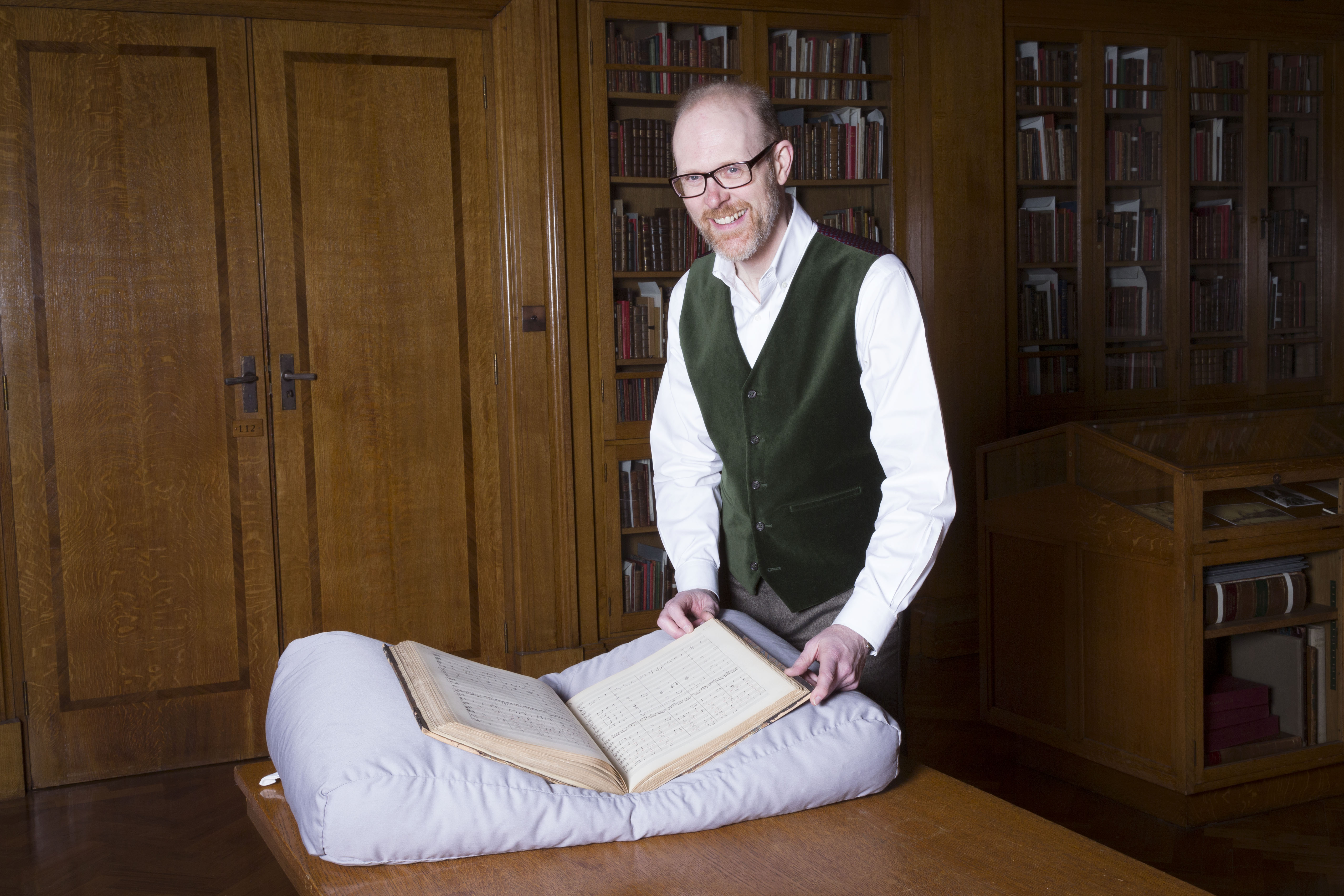The staff at the Leeds University galleries are known for the high standards of their exhibition spaces and for the exhibitions hosted there; and, “Gather them in”: the Musical Treasures of W.T Freemantle, is no different. Four cases tackle different themes in the narrative of the avid collector W.T Freemantle, a church organist from Sheffield who managed to amass the largest collection of musical manuscripts, letters and tomes from Jakob Ludwig Felix Mendelssohn, a German composer, musician and conductor from the early Romantic period. A musical prodigy from childhood, Mendelssohn’s notes and scribbles, writings and compositions were collected by Freemantle and later acquired for Lord Brotherton by his librarian John Alexander Symington.
Mendelssohn may not be a household name, but he was a prodigy who composed the overture to ‘A Midsummer Night’s Dream’ aged just seventeen. Indeed, the depth of Mendelssohn’s brilliance is visible in the exhibition itself; a hand-written sonata from when he was just fourteen, and without Freemantle’s acquisition it would have been lost. A keenly intense passion and appreciation of music is a clear undercurrent throughout the exhibition. Not only does this stem from the avid collector’s works, but also Dr White’s careful and precise arrangement and research.
Speaking with the curator of the exhibition, Dr Bryan White from the School of Music, it was interesting to have an insight into the depth of work that has fed into the exhibition’s panelled walls. Sifting through letter upon letter, compiling masses of research from across the globe to create a wonderful exhibition that couldn’t be faulted on form or presentation.
“The vast majority of the work you see here today is because of Freemantle and forms a large basis of the Brotherton’s collection of music. It has been my first time curating an exhibition, and it’s been great to work with the team. It all looks really impressive! I think the whole thing works really well, it has a visual appeal, a variety of materials from engravings to letters, and has great potential for other researchers. It’s been a very interesting and rewarding creative process.”
One thread of the exhibition that was particularly intriguing was the tale of the librarian John Alexander Syminton, who syphoned off half of the material he was buying for Lord Brotherton and sold it overseas and retained the illustrious profit. This narrative, while illicit, is an interesting caveat on the exhibition as a whole that only emphasises the rarity of manuscripts and letters on display.
Another fascinating facet to the exhibition would be the case detailing the work of Mendelssohn’s sister, Fanny, who was also a brilliant musician, artist and linguist in her own right. Unfortunately, Fanny could not pursue a musical career because the social construct of the upper-middle class in the nineteenth-century was restricted to the domestic sphere. Fanny’s work did, however, begin to be published towards the end of her life. The inclusion of Fanny’s work and the acknowledgement of her skill was a nice touch by Dr White and the rest of the curating team. Having composed more than 460 pieces of music during her lifetime, Fanny’s prolific talent is not overlooked as it perhaps was in her own lifetime. One of the cases illuminates a copy of Fanny’s last composition, the song ‘Bergeslust’, was written just the day before she died in 1847. It’s an extraordinary manuscript, indeed, the pinnacle of a very extraordinary exhibition.
A wonderful exhibition that catches the glimpses of Felix Mendelssohn’s rare musical brilliance, “Gather them in” manages to capture both the collector and the collection in a wonderful display of manuscripts and compositions. Not only for those who enjoy music, but it’s also an exhibition that elevates the quality of research at the University and has the balance and nuance to intrigue anyone who is fortunate enough to step through the Treasures Gallery doors.
Image credit: Brotherton Special Collections

